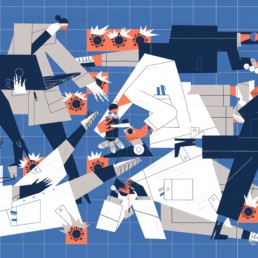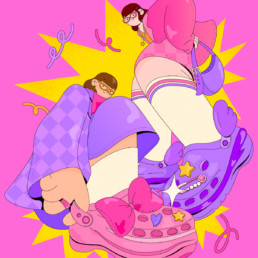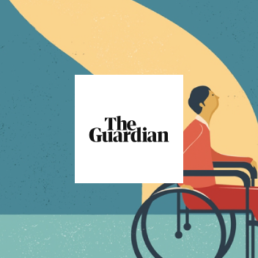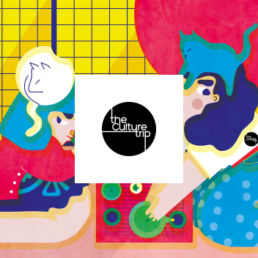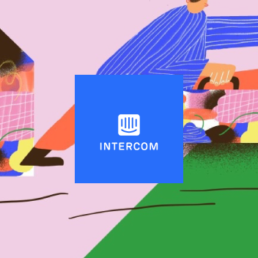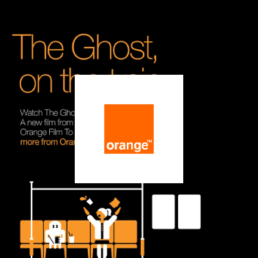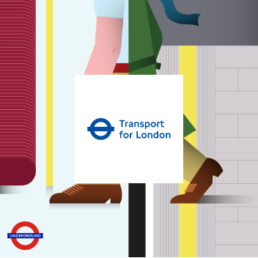With the rise of the new version of OpenAI’s ChatGPT image generator, many of our fellow illustrators are asking the same question repeatedly: “Is my style copyrightable?” While the short answer is yes — an artist’s distinctive style is copyrightable—a deeper discussion is necessary due to widespread confusion.
Artistic Style vs. Artist's Distinctive Style
There is a difference between artistic style and artist distinctive style.
One factor contributing to this confusion is the lack of granularity in understanding visual styles. Often, even the best AI lawyers and ethical experts confuse artistic style with an artist’s distinctive style.
Indeed, artistic style—that is, broad, general visual styles such as Impressionism, Cubism, or Surrealism—is not copyrightable because these styles do not belong to any single individual.
However, an individual artist’s distinctive style is fully protected under U.S. copyright law, under doctrines such as Work Made For Hire. This means that the styles of individual artists—such as Saul Steinberg, known for his covers for The New Yorker, or Antonio Rodriguez, renowned for his popular medical illustrations characterized by sharp-edged, geometrical figures—are part of their copyrightable expression.
Yes, artist’s distinctive style can be protected by copyright.
However, many people might fall into the “style blindness” trap, arguing that they cannot see the difference. In doing so, each illustration artist may need to be prepared to defend the distinctiveness of their work.
Here are a few important points to focus on, when making sure, your art will stand the AI onslaught:
.
1. Take Preventive Measures
First of all, the fewer AI models that train on your data without your consent, the better. As a general rule, be sure to state on your website that you do not grant permission for your visual assets to be used to train AI systems. Also, make sure to upload your portfolios to sites that integrate this permission into their metadata and are hosted on private digital clouds.
(Our sites owlagency.org and tasteminty.com both meet these requirements.)
2. Define Your Distinctive Style
Next, define your distinctive style by identifying the characteristic elements of your work—such as the typical shapes, shades, or textures you use. Make sure you capture and describe the essence of your style – don’t be too broad or too specific.
For example, Antonio’s work (if you scroll a bit up) is extremely easy to recognise because his style consists of geometric, sharp-edged characters or objects flattened to two dimensions. When characters appear in his work, they almost always lack facial features such as eyes, a nose, or a mouth.
Illustrations by Kelly Kwok on the other hand, have entirely different distinctive style, characterised by soft lines and over-bloated characters, with perspective angle often resembling “fish eye” filter. Their heads are almost always circles, with eyes marked as simple dots.
3. AI is here to stay. Learn how to use it.
Lastly, while AI certainly cannot steal or copy your work, it would be counterproductive to fight for a future without AI or image generation.
Given the speed and money invested in its development, assuming that AI can be blocked is simply not valid and will only lead to wasted energy. Moreover, AI is being built as we speak.
As artists, we have a unique opportunity to shape AI in a direction that benefits us.
What does that mean?
Do your research, limit the use of anonymous AI bots, clearly define your copyrightable distinctive style, and find an AI tool that respects your needs and can help supercharge your creative process.
Interested in more visual trends? Create account on Minty, start discovering illustrators and their work and get updates about latest illustration trends.
Here Are 6 Award Winning Illustration Styles That Worked For Global Brands
Click On Style To Discover More
Three Kinds of Messaging for Pride Month 2025
Pride Month—celebrated every June to mark the anniversary of the 1969 Stonewall uprising—has grown…
Spring Illustrators: The Power of Nature
Spring is finally here! 🌸 The days are getting longer, the air smells like fresh blossoms, and…
Three Female Illustrators Making Their Mark
In the vibrant world of illustration, talent knows no boundaries. Today, we’re shining a…
Four diverse illustrators with styles that would take your breath away.
It is always exciting to get to know new professional illustrators with sort of unseen art. No…


